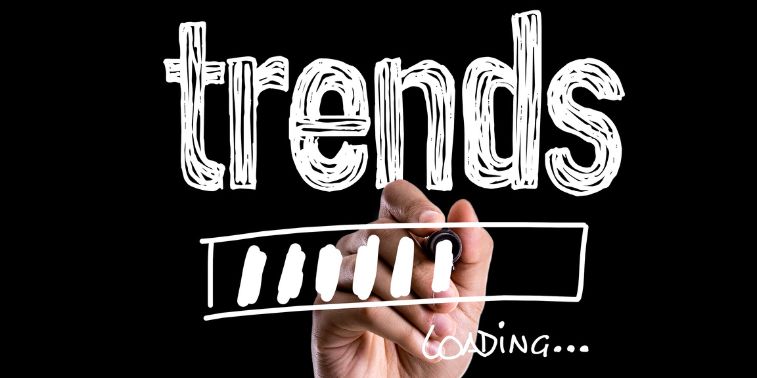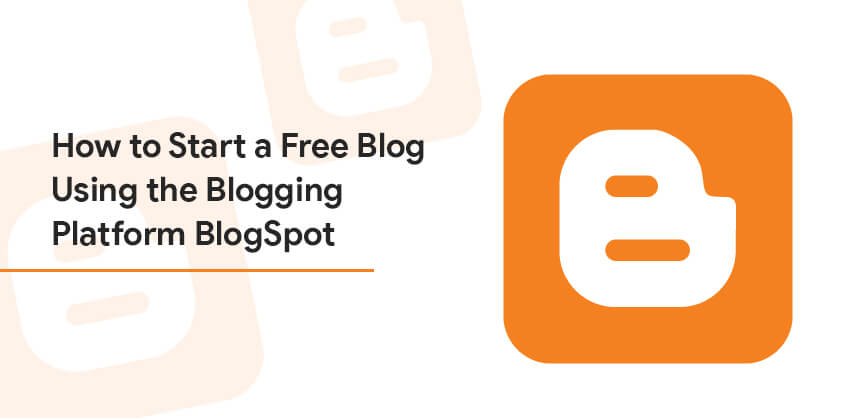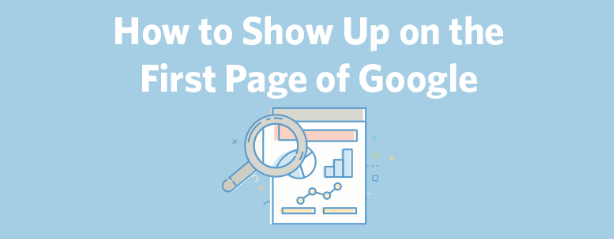March 14, 2014
SEO has never been a one-man process. The success of optimization techniques is the result of the efforts of a number of professionals. Moreover, it's not just about having the right people in the SEO team but also people in the right hierarchy to accomplish goals. Each of these in-house resources (people) is driven by a set of significant objectives to make the SEO process a success. Their roles and responsibilities are connected to one another and fall in a structured timeline. Plus, they make use of professional SEO software and tools for the efficacy of the entire optimization process.
So, let's jump to the following section to read about these essential SEO resources (in the hierarchy), their responsibilities as well as the specialized tools they use.
7 SEO Resources That Make A Successful SEO Team
A successful SEO team consists of the following 7 SEO resources:
- SEO auditor
- SEO strategist
- UI/UX designer
- Web developer
- Content writer
- Content editor
- Off-page optimization expert
SEO Auditor
 Source: www.lyfemarketing.com
Source: www.lyfemarketing.comSEO audit is an important process that is aimed at identifying the strengths, weaknesses, and potentials of a website. An SEO auditor is a person who performs this audit, wherein he thoroughly analyzes the website to:
- Evaluate the on-page and off-page SEO performance
- Identify issues related to the site infrastructure and architecture
- Check keyword density
- Examine backlinks, social media engagement, issues related to duplicate content, and so on.
SEO auditor holds the topmost position in the team hierarchy. Let us know what are his significant roles and responsibilities.
Read More: Benefits of hiring Best SEO Company Roles
The SEO Auditor is responsible to monitor or audit the On-page, Off-page, and technical aspects of SEO, as follows:
On-Page
- Content- Title tag, meta descriptions, Google preview, headings, content analysis, Alt tag, in-page links, language, and web feed.
- Indexing- URL Resolve, robots.txt, XML sitemaps, sitemaps validity, URL parameters, canonical tags, robots tags, hreflang tags, broken links, underscores in the URLs, and discovered pages.
- Mobile- Mobile-friendliness, rendering, tap targets, plugins, font size legibility, mobile viewport, mobile frameworks, and AMP.
- Structured Data- Schema.org, open graph (OG) protocol, facebook card, twitter card, and microformats.
- Security- Email privacy and SSL certificates.
- Performance- Asset minification, compression, cacheability; and image optimization.
- Accessibility- Color contrast of page elements, and navigation features.
- Web analytics tools
- Branding- URL length, quality, and understandability; favicons and custom 404 error pages.
- Domain- Domain registration and availability; typo availability.
Read More: 10 On Page SEO Advantages
Off-Page
- Backlinks- Backlinks score, backlinks counter, and referring domains.
- Traffic- Traffic estimations and rank.
- Local- Local directories and online reviews.
- Social Profiles- Social media engagement, Facebook, Twitter, Instagram, and LinkedIn accounts.
Tools
Following are the most common tools that SEO auditors use:
- Google Analytics
- Google Search Console
- Woorank
- BigQuery
- Supermetrics
- Google Tag Manager
- Google Data Studio, etc.
SEO Strategist
An SEO strategist comes next in the hierarchy. He is an individual who analyzes, reviews, and implements strategies in a website to optimize it for search engines. He is a project planner and manager who reports the monthly, quarterly, and annual performance to the C-suite of a company.
Roles
An SEO strategist has the following responsibilities:
- Conduct keyword research to cater to the client goals, optimize the website content, and bring in new leads.
- Analyze traffic, results, and performance by monitoring web analytics dashboards, reports, and reporting tools.
- Perform competitor research and analysis.
- Recommend and execute content creation strategies in coordination with SEO goals.
- Make use of search engine programs like webmaster tools, XML sitemaps, etc. to make project reports.
- Work with content writers, and help in creating content like blogs, social media posts, videos, infographics, etc.
- Run link-building campaigns.
- Develop significant calls to action.
- Perform A/B testing.
- Maintain up-to-date knowledge about digital marketing, social media, SEO, PPC, and industry trends and developments.
- Work with UI/UX designers and web developers.
- Keep up healthy communication and coordination with all the team members.
- Update the team and management regularly about the project progress.
Tools
An SEO strategist makes use of SEO evaluation tools like:
- Google Keyword Planner
- Google Trends
- Google Analytics
- Moz Tools
- Google Search Console/ Webmaster Tool
- Google PageSpeed Insight
- Buffer
- SEMrush
- Screaming Frog
- DeepCrawl
UI/UX Designer
A powerful UI/UX allows all the pages in a website to meet the page experience metrics and rank better. Hence, a UI/UX design expert, that comes next, is an important resource in the SEO team. Let us go through his roles and responsibilities.
Roles
A UI/UX designer has the following roles and responsibilities:
- Collect and assess project requirements.
- Demonstrate the design ideas using storyboards, sitemaps, and process flows.
- Design GUI elements of the website like menus, tabs, and widgets.
- Build navigation buttons and search fields.
- Create UI mockups and wireframes to demonstrate the function and appearance of the website.
- Design initial graphics like images, sketches, etc.
- Draft rough designs and present them to the team as well as the client.
- Identify and fix UX problems related to responsiveness, reporting, language inputs, drag and drop actions, inline validation, etc.
- Make changes in the design and appearance of the website as per the client feedback.
Tools
Following are the most popular tools used by UI/UX designers:
- Sketch
- InVision
- Axure
- Adobe XD
- Crazy Egg
- Figma
- Hotjar
- Google Optimize
- Illustrator
- Optimizely
Web Developer
Next is the web developer, who manages the technical infrastructure of the website. He is accountable to implement the modifications and adjustments suggested by the SEO strategist, once the UI/UX designers design them and managers authorize them.
Roles
A web developer has the following roles and responsibilities:
- Have experience with common web development languages like .Net, Java, PHP, HTML, and Python.
- Design and develop website architecture, both front end, and back end.
- Develop and manage servers, databases, and content management systems.
- Provide support for projects from beginning to implementation.
- Work with graphic designers.
- Develop APIs.
- Strategize for the design and enhancement of user experience.
- Guide on technical web issues.
- Develop web design concepts in coordination with clients.
- Stay abreast with the current industry developments.
Tools
A web developer makes use of tools like:
- GitHub
- Chrome Dev Tools
- Sketch
- Angular JS
- Sublime Text
- BootStrap
- TypeScript
- Visual Studio
- InVision
- JQuery, etc.
Content Writer
Content is the king, and we do not doubt it. It is the most prominent part of the website as well as the SEO process. Great content is the key to an effective SEO. Hence, creating relevant, engaging, and high-quality content that can drive traffic and give value to the readers is crucial. This makes the content writing squad an inevitable part of the SEO team.
Read their roles and responsibilities below:
Roles
A web developer has the following roles and responsibilities:
- Perform necessary research on topics to develop authentic content.
- Research for keywords and use the best SEO best practices to boost website traffic.
- Create a draft of content ideas and inspirations and prepare them for approval from the strategists and managers.
- Write long-form and effective blogs and articles that work great for SEO.
- Write engaging and attractive product descriptions, social media content, as well as website content.
- Develop copies for landing pages of the website.
- Create, in collaboration with strategists, the marketing material to be circulated in different formats to customers.
- Assist marketing team in designing and developing advertising campaigns.
- Keep up with the research about the industry trends and topics and stay up-to-date.
Tools
- Grammarly
- Coschedule Headline Analyzer
- Ginger
- Hemingway Editor
- Open Live Writer
- Thesaurus.com
- HubSpot Blog Ideas Generator, etc.
Content Editor or ProofReader
The content editors are as much an asset for the SEO team as content writers. They plan, coordinate, proofread, edit, and sometimes write content for websites.
Roles
The following are the responsibilities of a content editor:
- Proofread content for mistakes, errors, spellings, grammar, and syntax.
- Cross-check facts, figures, and information in the content.
- Edit, organize, refine, and update existing content to enhance readability.
- Manage and supervise the team of writers.
- Make sure that the content satisfies the client’s expectations, and meets the standards.
- Work with graphic designers.
- Stay abreast with the best and up-to-date SEO practices.
Read More: How content and SEO go hand-in-hand
Tools
Most content editors make use of the following software and tools:
- Coschedule’s Headline Analyzer
- Ginger
- Hemingway Editor
- Open Live Writer
- Yoast
- StackEdit, etc.
Offpage Optimization Expert
Off-page linking or backlinking is a crucial aspect of SEO success. It is thus essential to have an off-page linking/optimization expert in the team who can provide adequate guidance over link acquisition techniques.
Roles
An off-page optimization expert is responsible to perform the following:
- Competitor analysis
- Creating quality backlinks on high DA websites.
- Tracking keyword rankings and website performance on a regular basis.
- Blog directory and article submission
- Search forum submission
- Listing local businesses on Google My Business, Bing, and listing websites.
- Question & answer submission
- Image, video, and infographic submission
- Sharing brand documents (content) on document sharing websites
- Web 2.0 Submission
- Press release submissions
- RSS feed generation and submission
- Review submission
- Classified Ads Submission
- Blog posting on third party websites
- Reaching out to influencers
- Commenting on blogs and forums
- Creating business profile
- Social media engagement
- Social Bookmarking
Read More: 9 best Off-Page SEO strategies to boost up your Online Presence
Tools
The following tools are the most popular choice of off-page optimization experts:
- Ahrefs
- Moz
- SEMrush
- Majestic SEO
- DeepCrawl
- Screaming Frog
- STAT, etc.
Do SEO Resources Change With Time?
Yes, SEO resources do change with the change in the goals and objectives of a company. Initially, the SEO strategist may require to do extensive planning and research, with on-page optimization as their top-most priority. However, with the growth of the website, the resources will need growth too, and hence the budget. In that situation, a company can choose from the following approaches:
- Creating an in-house SEO team, by getting resources from internal teams and appointing them dedicatedly on SEO.
- Borrowing resources from other teams and adding them to the SEO team, specifically for completing a specific project.
- Outsourcing some resources while appointing others in-house.
- Appointing SEO strategist in-house, but outsourcing other resources.
- All resources are outsourced to another agency, with an in-house marketing executive managing the collaboration.
Read More: How to Choose the Best SEO Company for your Business
Conclusion
In order to make the SEO strategy work effectively, having a structured team of professionals is crucial. Above we read about those professionals in a hierarchy. We also read about their roles in an SEO team and the tools they use while performing their responsibilities. These teams can be developed through hiring resources from other teams, outsourcing, or a combination of both. The choice of the approach of making an SEO team will depend on what works best for a company. One can always consult experts in order to pick the right approach.

Recent Posts
ARE YOU A LEADING SEO SERVICE PROVIDER?
Get listed in world's largest SEO directory today!
Directory listing counter is continuously increasing, be a part of it to gain the advantages, 10189 Companies are already listed.






























